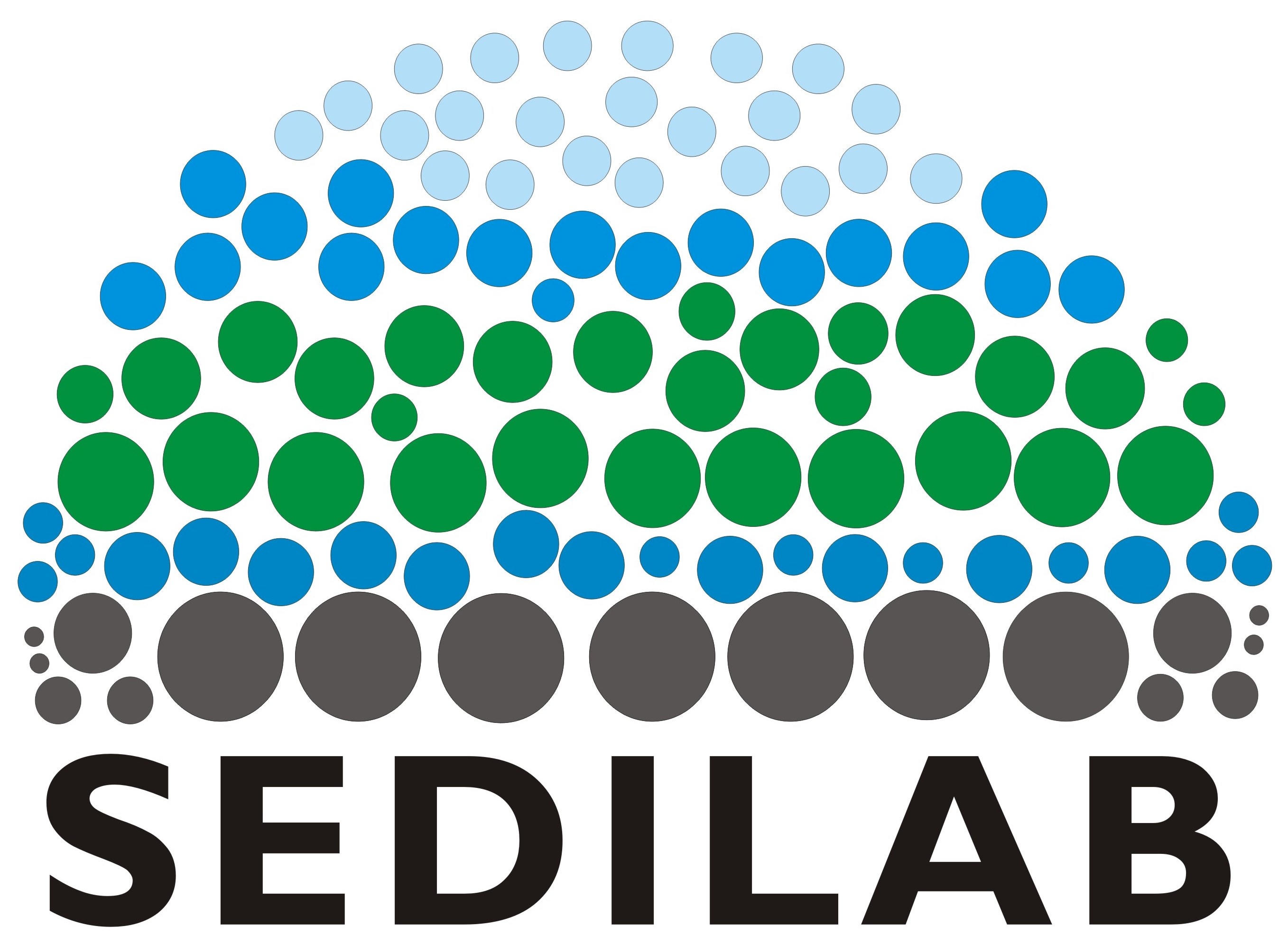
SOIL CARBON AND NITROGEN LABORATORY
This laboratory unit supports the soil organic carbon sequestration, quarternary and to a smaller extent organic geochemical researches. In the Carbon and nitrogen analytical Laboratory the organic and inorganic carbon content of soils, soil-like materials and waters can be measured. The laboratory provides quantitative and qualitative methods:
Quantitative measurements
- wet oxidation methods: diGleria SOM determination, Walkley-Black method, Tyurin method.
- loss on ignition (by oven)
- IC: carbon content determination by Scheibler calcimeter
- SOC (TOC analyzer – with solid autosampler)
- DOC (TOC analyzer)
Qualitative measurements
- C/N ratio, by NDIR and chemiluminescent measurements
- UV-VIS methods (E2/E3, E4/E6, URI) by spectrophotometer
- Molecular size and molecular weight distribution by SLS and DLS
- Zeta potential and isoelectric point by DLS
- isotope ratio measurements d13C13 by IRMS elementar analyser(in FGI)
Quantitative carbon and nitrogen measurements from solids (sediments and soils) and liquids (water, groundwater)
Tekmar Dohrmann Apollo 9000 (2005)Measuring method: non dispersive infrared (NDIR) detector – C analysis
chemiluminescence detector: total bounded nitrogen (TN)
Ignition temperature: 680 °C
Sample addition method: liquid:
solid: Rosemont 183 furnace
(KÉP 1-4-1)
Shimadzu TOC-L, TN-L (2016)
Measuring method: non dispersive infrared (NDIR) detector – C analysis
chemiluminescence detector: total bounded nitrogen (TN)
Ignition temperature: 680 °C
Sample addition method: OCT-L forliquids
SSM-5000AL 200ED ASSYforsolids
Qualitative measurements on natural organic matter (NOM)
Malvern ZS100 (2015)
For the analysis of the nano size range, a photon correlation DLS / SLS spectroscopy equipped with an autotitrator is available in our laboratory. With the help of the autotitrator not just the size, the molecular mass and the zeta potential can be analyzed but the isoelectric point of the colloidal systems is also measurable.
Size distribution measurement
Measuring principle: Dynamic Light Scattering,
Calculation theory: Mie scattering,
Measuring range: 0.3 nm - 10.0 µm;
Minimum sample volume: 12µL;
Concentrartion range: from 0.1ppm to 40%w/v;
Minimum sample concentration: 0.1 mg/ml 15kDa lysozyme
Zeta potencial measurement
Simultaneous measurement of the zeta potential and its disrtibution.
Measuring principle: Electrophoretic Light Scattering;
Measuring principle: Phase Analysis Light Scattering (PALS);
Zeta potencial range: +/- 500mV;
Mobility range: +/-20µm.cm/V.s;
Measuring range: 3.8nm - 10.0 µm;
Precision: +/- 10%;
Sensitivity: 0.12µm.cm/V.s in aqueous system, (NIST SRM1980 standard reference material).
Molecular mass measurement
Measuring principle: Static Light Scattering
Absolute molecular weight: between <1000Da - 2x107 Da (determined by the Deby plot method)
Estimated molecural weight: between <1000Da - 2x107 Da (determined by DLS measuremet)
Presicion: +/- 10%
Shimadzu UV1240 spectrophotometer (2013)
Wavelength range: 190 – 1100 nm
Number of detectors: 1 (Silicon photodiode)
Spectrum bandwidth: 5nm
Display wavelength Selectable wavelength: 0.1nm step (1nm step in spectrum mode)
Wavelength accuracy: ± 1.0nm
Wavelength repeatability: ± 0.3nm
Light sources:
VIS: halogen (WI)
UV: deuterium (D2)
Scattered light: less than 0.05% (220.0nm NaI, 340.0nm NaNO2 & UV-39)
Measurement method: single beam measurement
Photometric range: -0.3~3.0 Abs
Transmittancy: 0.0~200%
Photometric repeatability: ± 0.002 Abs (at 1.0 Abs)
Baseline stability: less than ± 0.001 Abs/h (after 2 hr warm-up)
Baseline flatness: less than ± 0.010 Abs (after 1 hr warm-up, at 1100~200nm)
Noise level: less than 0.002 Abs, (csúcstól csúcsig), kisebb, mint 0.0005 Abs, RMS
Baseline correction: auto correction with the computer memory
